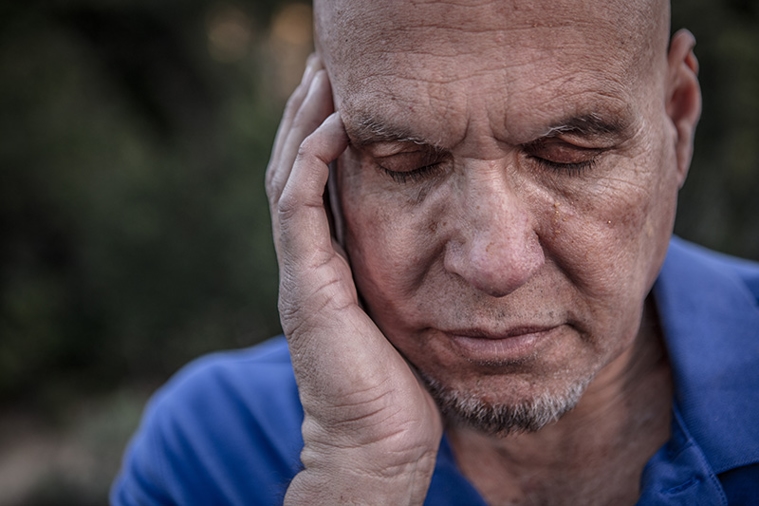Break the stigma: Seeking help for mental health
May 5, 2020

In the U.S., a significant portion of Americans are living with a diagnosable mental health condition—up to 20% by some estimates. Yet, many people experience internal resistance to seeking mental health care. In fact, recent research has shown that over half of those with mental illness never seek treatment.
Since 1949, Mental Health Awareness Month has been observed every May. This month, we’re discussing some of the steps we can all take to #BreakTheStigma.
Mental vs. physical health care
Stigma is one of the biggest barriers to seeking mental health care. “For some reason, people often have an expectation that they shouldn’t need help for a mental illness. Or, they think that needing help makes them weak,” says Dan Haycraft, MD, psychiatrist with Adventist Health St. Helena. “We often have a totally different mindset with mental health than with other physical illnesses. If a person has pneumonia, they’ll prioritize seeing a doctor. But if they’re feeling overwhelmed to the point where they can’t deal with life, people think they should be able to handle it alone.”
Dr. Haycraft stresses that to break this stigma, we need to understand that mental illnesses are biological conditions, just like other physical diseases or illnesses. “There’s a prevalent belief that if you have a mental illness, there’s a part of you that’s broken,” says Dr. Haycraft. “It’s important that people understand that mental illness is not about weakness or inability to cope.”
#BreakTheStigma: What can you do?
Many people who struggle with the symptoms of depression, anxiety or another mental illness don’t feel that they can be open with their friends or family. “Whatever we can do to help normalize these experiences will be helpful in breaking stigma,” says Dr. Haycraft. The other essential piece, he shares, is broader education about mental health diagnoses. Often, people don’t recognize or know the signs and symptoms of common mental illnesses like clinical depression.
“There’s a third piece to this puzzle,” adds Dr. Haycraft. “Many people have an inherent resistance to the idea of taking medication. It ties back into the idea that taking medication might mean that someone is sick or broken.” However, many patients experience significant benefits from the right medication. Research has shown that people see the most results when they stay on a prescription for at least 6-12 months or longer. In fact, Dr. Haycraft shares that the most clinically proven treatment for depression is a combination of medication and psychotherapy.
A boost in self-image
Often, people who seek out therapy and mental health help experience a transformation in their self-image. “As people start to work through a process of healing, they start to see themselves differently and no longer feel like they are broken,” Dr. Haycraft says.
“Really the bottom line is that if you are struggling, don’t hesitate to ask for help,” he concludes. “True mental health treatment is not sitting down for 10 minutes and writing a prescription; it’s an encompassing, holistic approach. My hope is that people can find the courage and encouragement to reach out, ask their questions and get help.”


